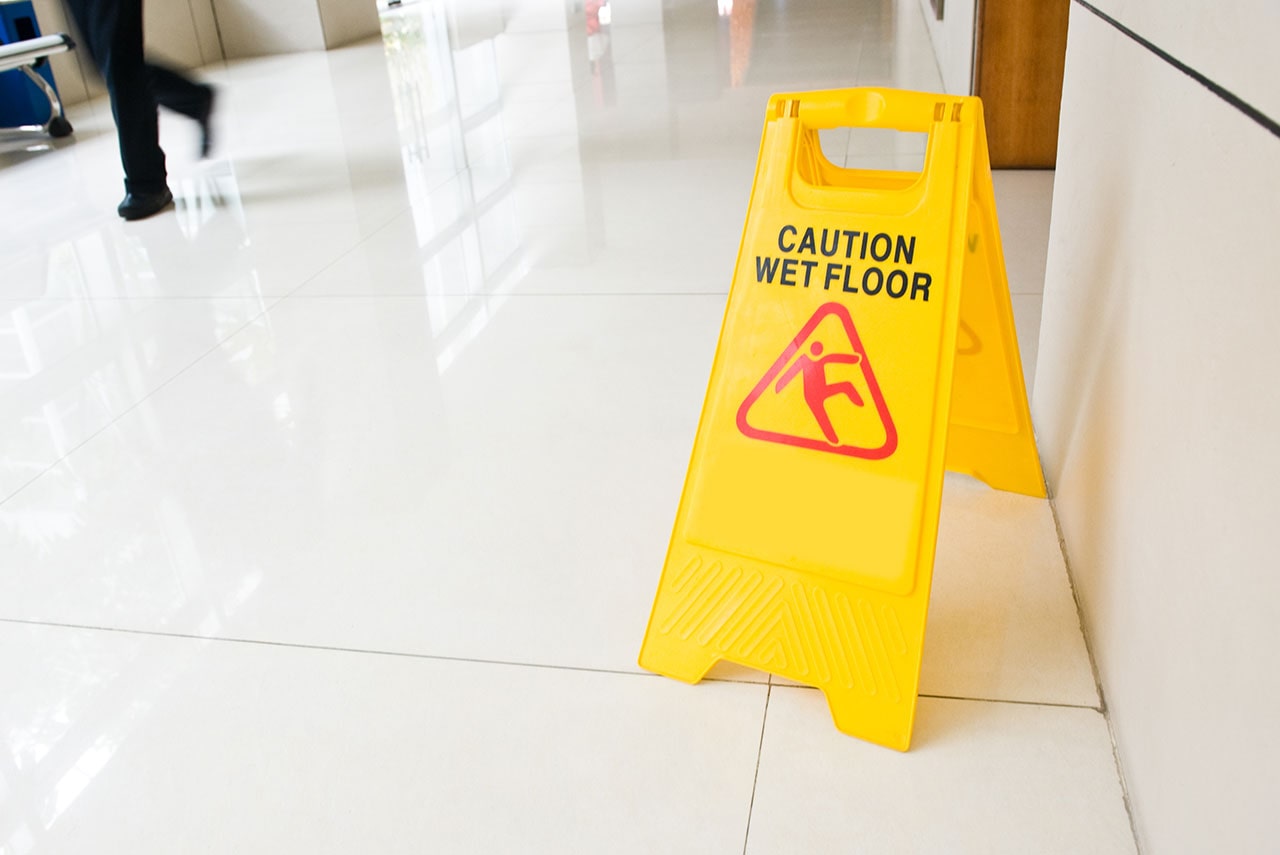
Course Completion Notice: To complete the course and download your certificate, you must view all content, pass all quizzes, and succeed in the final exam. Multiple attempts are allowed for quizzes and the final exam.
Training Package
Course Description
Every workplace contains various hazards that can be hard to detect and classify. Workers are able to eliminate and prevent accidents by being able to identify them as soon as they are noticed. It is crucial for an occupational health and safety program to precisely assess and control hazards.
This course is intended to provide employers, joint health and safety committee members, and management with the knowledge of hazard and risk management in order to improve the safety culture in the workplace. Methods of preventing accidents, hazards assessment, identification and control will be taught in this course. There are three modules in this course:
It is important to note that this course is not intended to provide intensive risk assessment methods, but rather provide risk assessment knowledge for basic understanding. Each workplace must still provide site specific training to all employees, where applicable.
Target Audience:
Completion of the course will provide participants with the knowledge of:
Prerequisite:
None.
Course Duration:
This course is designed to be completed within 45 minutes; however, participants are able to complete the course within any time length they desire.
Benefits of Online Training with Safety First Consulting:
Registration: Registration for this course can be completed online at https://safetyfirstconsulting.ca/workplace-health-and-safety-training-programs/ or by contacting our online registration service at info@safetyfirstconsulting.ca or calling 905-669-5444
Computer Requirements:
Google Chrome is recommended.
Each participant enrolled in the online training will need to successfully complete the following:
Course Completion Notice: To complete the course and download your certificate, you must view all content, pass all quizzes, and succeed in the final exam. Multiple attempts are allowed for quizzes and the final exam.
Our training course is designed for all types of jobs and industries, although it is specifically suited for supervisors in trades or construction. This course is intended to provide employers, joint health and safety committee members, and management with the knowledge of hazard and risk management to improve the safety culture in the workplace.
Though this course is intended for supervisors and senior management, any worker can take this course if they want to learn more about eliminating and preventing workplace accidents. This course is not intended to provide intensive risk-assessment methods, but rather to provide risk-assessment knowledge for basic understanding.